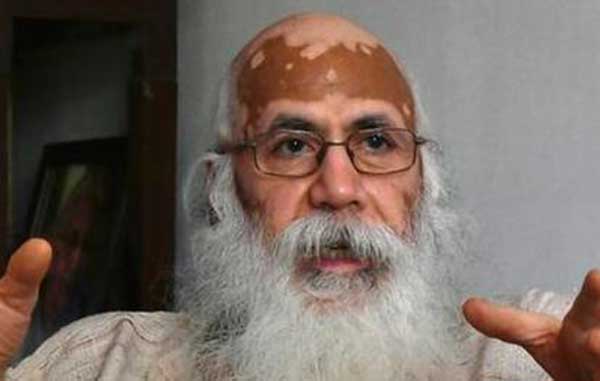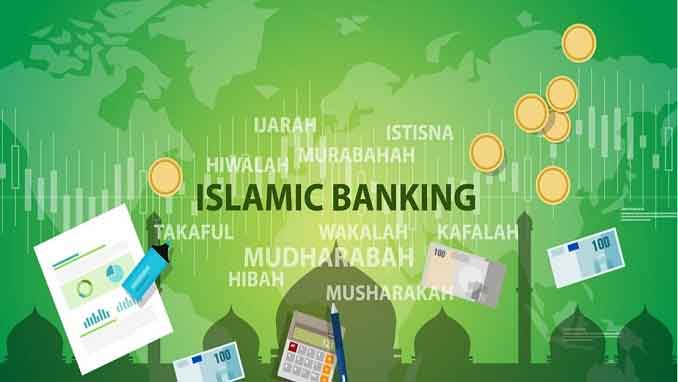Interview with Prof. Arun Kumar by Mohd. Nuashad Khan

What’s your take on the free fall of the GDP? Is it because of the pandemic or something else?
I am surprised that the decline in GDP in Q1 is given as 23.9 per cent. It should have been much more because the unorganised sector which is 45 per cent of GDP and where 94 per cent of the workforce is employed was immediately hit in April. The economy had largely shut down. My estimate was that in April the economy declined by 75 per cent and when the lockdown was eased in May, it may have declined by 60 per cent. In June, due to Unlock1, it might have recovered to 50 per cent. A lot of services were not operational. The unorganised sector remained largely shut due to restriction. So my estimate was that the economy would be down by at least 40 per cent and not by 23.9 per cent.
In the pandemic the lockdown was necessary to control the spread of the disease. If the lockdown was done with some preparation then the recovery could have been quick, like, in the case of China. Unfortunately, that was not done and people are suffering a lot. Special attention should have been paid to the unorganised sector during the lockdown which was not done.
What could be the likely impact of this free fall and what is the way forward?
There has been massive unemployment and still we have not been able to recover from it. Incomes have declined all around and that is hitting the poor the most. That is why, a lot of people migrated to the rural areas from urban areas. It is because of the large unorganised sector which is poor and that is not the case with other G20 countries, the pandemic has hit India the most. So, no other large country has faced the kind of problems India has faced like a more than 40 per cent decline in the first quarter GDP.
Along with the poor, the middle class has also suffered because of loss of jobs in the organised sector. According to CMIE, 18.9 million jobs in the organised sector were lost. It said that in April 122 million jobs were lost. My estimate is that it could be more than 200 million because a lot of people migrated and they were not counted in CMIE data. Even if people worked under MGNREGS, it was not their original work – it is only residual employment. Lot of factories were closed which means people were employed but not working. Most of the teachers in schools and employees in government offices were employed but working for half time or working on alternate days or so. OLA or UBER drivers were employed but their taxis could not ply on the road. We need to distinguish between employment and the work done because many were employed but they were not doing anything so were not producing goods and services.
Do you think this decline would further impact investment either domestic or from abroad because they were already cautious since the outbreak of the pandemic?
Consumer demand for other than essential items has already declined. Many who lost employment have slipped below the poverty line. Demand has fallen and so has production. When less capacity of a business is utilised then there is less investment. Even before the pandemic, investment had been suffering. In October 2019, as per the RBI report, business confidence had declined and as a result the investment rate which was at 36 per cent in 2012 had come down to 28 per cent by last year and now it could have further gone down to about 10 to 12 per cent. In this situation more investment is unlikely.
Only in some sectors there could be investment like in FMCG, IT, e-commerce and Pharmaceuticals to produce vaccines and medicines. In most other areas there would be no investment because of uncertainty and low capacity utilisation. At the moment we don’t know enough about the virus as to when it would be under control and when would the vaccines come. Even if the vaccines come by November or December 2020, to produce 135 crore doses and administer it to the entire population, it would take two years. So, the uncertainty will last. As a result, with the investment sentiment down, consumption down and import and exports down, demand will not pick up any time soon and the economy will remain down for several years.
So, keeping in mind the present economic situation, what, according to you, should be done to put economy back on track?
At a very optimistic guess, it will take at least one year to recover. Most likely two to three years because consumption and employment are not going to revive easily. Lots of sectors may not revive to the way they were earlier. In services sector people have to work close to each other, like a doctor or a barber or in a classroom. In a bus or a train people will have to maintain distance. Consequently, the economy is not going to recover back to where it was in January 2020. There will be a new normal.
Production pattern will change with a lot more of automation. People are going less to retail stores and buying more from e-commerce. Lot of retail stores are likely to fail. When automation takes place, there would be loss of employment and the unemployment situation will deteriorate. We are going to a new normal and it is very hard to predict what this new normal is going to be. The government has been saying that there will be quick V-shaped recovery but the economy is not like a rubber ball that when it is thrown to the ground, it bounces back to one’s hands immediately.
The economy consists of real people who have got hurt. When one loses employment, one cannot regain it very quickly. When there is loss of income, one cannot start consuming immediately and when there is capacity under-utilisation then investment will not revive. Therefore, the recovery is going to be very shallow like a U-shape. It will not be less than two to three years to put the economy back on track. It won’t be a fast recovery within a few months. A lot of activities which were easier earlier have become very difficult to do. Worse, we are still in the first round of the pandemic with the number of cases rising the fastest in the world. Without having controlled the spread of the disease we have opened the economy, unlike what most other countries have done. It means the disease will continue to flare up as the economy is opened up.
There is a possibility of a second-round attack after October when the cold season approaches. Given all these uncertainties, a quick recovery is unlikely. Private markets have failed and cannot help recovery so the government has to intervene. Government will have to pump purchasing power into the hands of the poor and the unemployed. In many of the advanced countries governments have gone for a very high amount of spending to give to the unemployed and to businesses to not lay off workers. But in India we have not done that. Out of the Rs.20 lakh crore package only Rs.2 lakh crore has been given to the poor.
Mo of the package is in the form of increased liquidity, loans and credit to businesses or policy changes. But when industry and services are down, demand for credit would also be down. Banks are complaining that businesses are not coming forward to take loans. It is understandable that if the production is down and investment is down then there is less need of credit. The RBI has been cutting the Reverse Repo Rate and the Repo rate hoping that investment will increase. But that is not going to happen unless the demand picks up. There is a lot of surplus cash deposited with the RBI. The RBI governor gave the figure of Rs.8 lakh crore as the surplus cash deposited by the banks in the RBI.
The government is not coming forward to give money in the hands of those who have lost incomes. The government is waiting to give further boost but it is not very clear what it is waiting for? They need to pump in demand immediately. If they don’t do so, then more industries will fail. All India Manufacturers Organisation (AIMO) has said that roughly 30 per cent of business could fail. If such large numbers of business fail then demand revival would not be easy and uncertainty would rise. The government needs to come up with a package of Rs.15-18 lakh crore just for the economy to survive – survival package.
Why do you think India’s performance has been the worst among G-20 countries?
The reason is that we have such a large unorganised sector which no other economy has. And that is why we saw millions of people migrating in desperate conditions to rural areas – such a thing was not seen in the case of any other major country. The root of the problem is the government does not take care of the unorganised sector which it treats as a residual sector.
(PROFESSOR ARUN KUMAR, a noted economist who is also Malcolm Adiseshiah Chair Professor at Institute of Social Sciences and former head of Centre for Economic Studies and Planning, JNU, is an authority on black economy and has authored The Black Economy in India and Indian Economy since Independence. His area of specialisation includes Public Finance, Growth Economics, Macroeconomics and Development Economics. He studied at Delhi University, Jawaharlal Nehru University (JNU) and Princeton University, USA, and taught economics at JNU for three decades till 2015.)
The interview with Mohd Naushad Khan, was published by radianceweekly.in.)
SIGN UP FOR COUNTERCURRENTS DAILY NEWSLETTER
















































